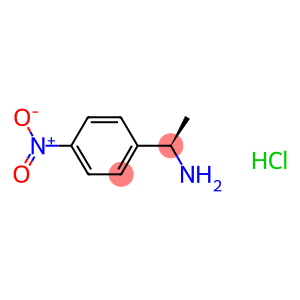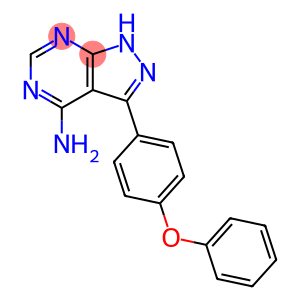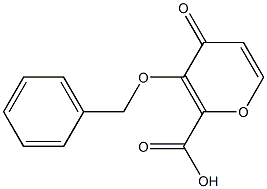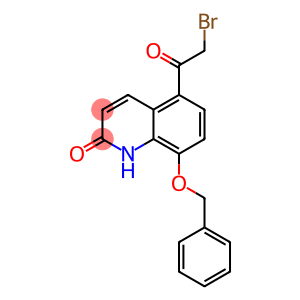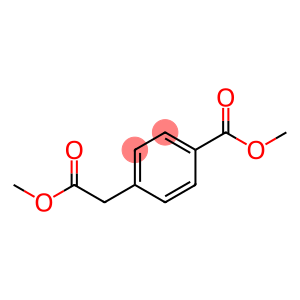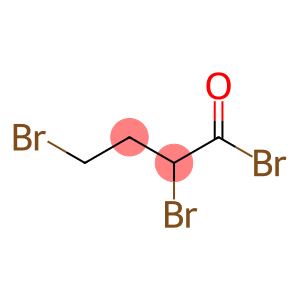(R)-(+)-A-methyl 4-nitrobenzylamine hydrochloride(CAS#57233-86-0)
| Hazard Symbols | Xi – Irritant |
| Risk Codes | 36/37/38 – Irritating to eyes, respiratory system and skin. |
| Safety Description | S26 – In case of contact with eyes, rinse immediately with plenty of water and seek medical advice. S37/39 – Wear suitable gloves and eye/face protection |
| WGK Germany | 3 |
| FLUKA BRAND F CODES | 3-10 |
Introduction
(R)-α-methyl-4-nitrobenzylamine hydrochloride is an organic compound with the chemical formula C8H10N2O2 · HCl. The following is an introduction to its nature, use, preparation and safety information:
Nature:
-Appearance: White solid (crystal)
-Melting Point: 173-175°C
-Solubility: Soluble in water, soluble in organic solvents
Use:
-As an intermediate in organic synthesis: It can be used to synthesize other organic compounds, such as drugs and pesticides.
-Used for photochemical excitation: It can also be used for photochemical reactions and photosensitive chemical reactions.
Preparation Method:
(R)-α-methyl-4-nitrobenzylamine hydrochloride can be synthesized by a variety of methods. The following is a common synthesis method:
1. 4-nitrobenzylamine reacts with o-methyl benzoyl chloride to generate α-methyl -4-nitrobenzylamine under appropriate conditions.
2. The obtained α-methyl-4-nitrobenzylamine is reacted with hydrochloric acid to produce (R)-α-methyl-4-nitrobenzylamine hydrochloride.
Safety Information:
-It should avoid contact with strong oxidants and strong acids to avoid dangerous reactions.
-During use and storage, normal chemical laboratory safety practices should be followed, including the wearing of appropriate personal protective equipment, such as lab gloves and glasses.
-If necessary, operate in a well-ventilated area to avoid inhalation of dust and skin contact.
-It should be stored in a dry, cool place, away from flames and heat sources.


